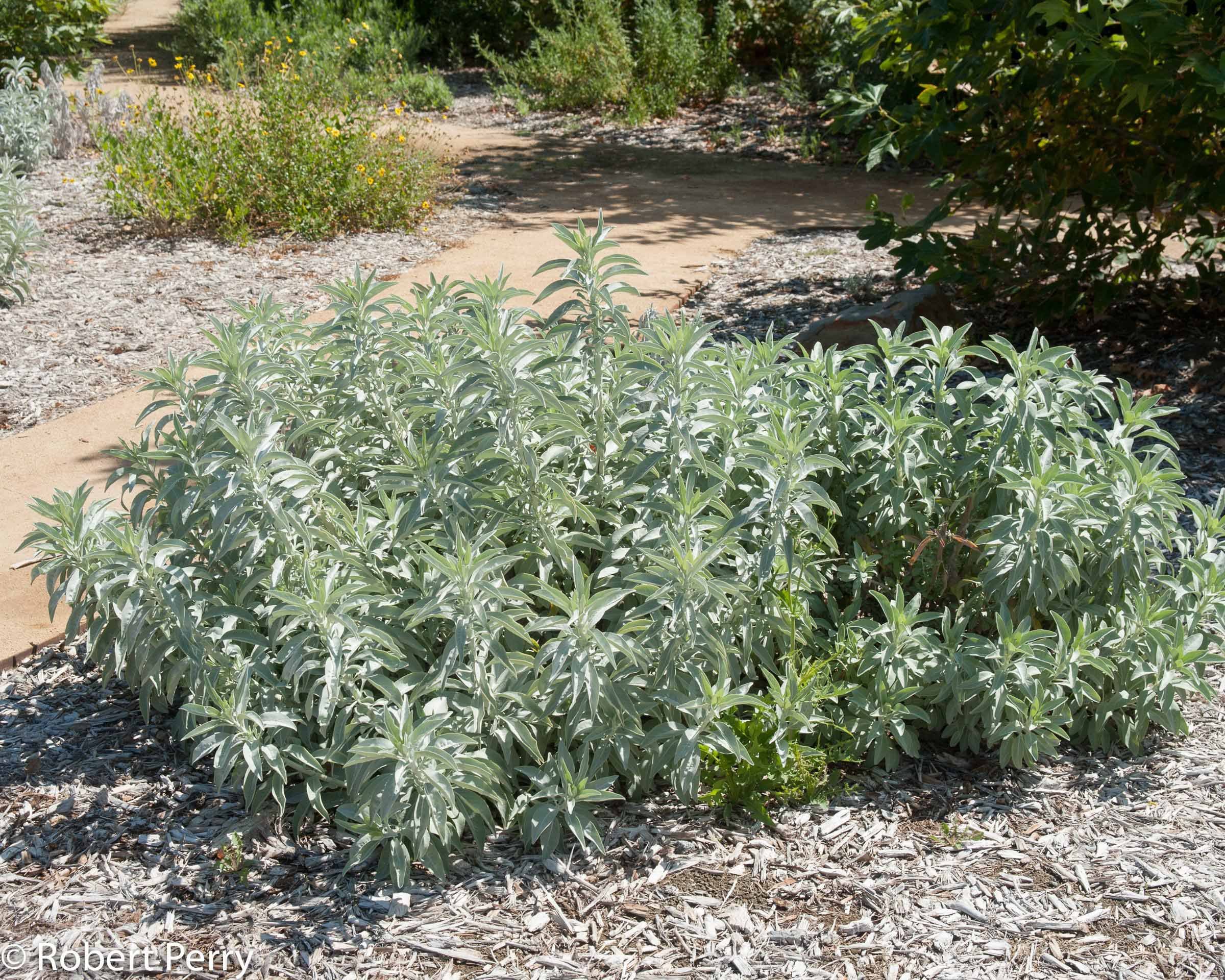
White Sage
White sage (Salvia apiana):
General information:
White sage is native to California’s southern coastal sage region. It is considered one of the most important sage species! White sage was heavily used by California’s indigenous peoples for various purposes (i.e. medicine, food, and ceremony). This valuable species is currently extremely threatened due to climate change, poaching, and human development.
Appearance:
White sage flowers bloom into solely white flowers, with some streaks of lavender! Their small flowers attract various bees such as carpenter and bumble bees. Their leaves begin as green and change into white as the plant matures.
Plant growth, season, and dormancy:
This plant is a shrub type of plant, and can grow to be 3-5 feet tall and 3-8 feet wide. White sage grows rapidly, thus allowing for this plant to provide great groundcover! White sage is semi-deciduous and often flowers during winter, spring, and summer. White sage flowers bloom into solely white flowers, hence the name white sage!
Landscaping information:
White sage, like many other sages, require full sunlight and are low moisture plants. Similarly to purple and black sage, white sage requires a low maintenance water regimen, thus making it the ideal plant for drought ridden areas! It is a low maintenance plant overall, making it perfect for beginners. It can tolerate extremely cold temperatures, even as low as 0ºF! It requires less acidic soil, with p.H. levels between 6-8.
How to use:
It can be utilized for ground-cover, bank stabilization, pollinator gardens/corridors, and hedges.
Pollinators helped:
-Butterflies
-Moths
-Carpenter bees
-Bumble bees
-Hummingbirds






